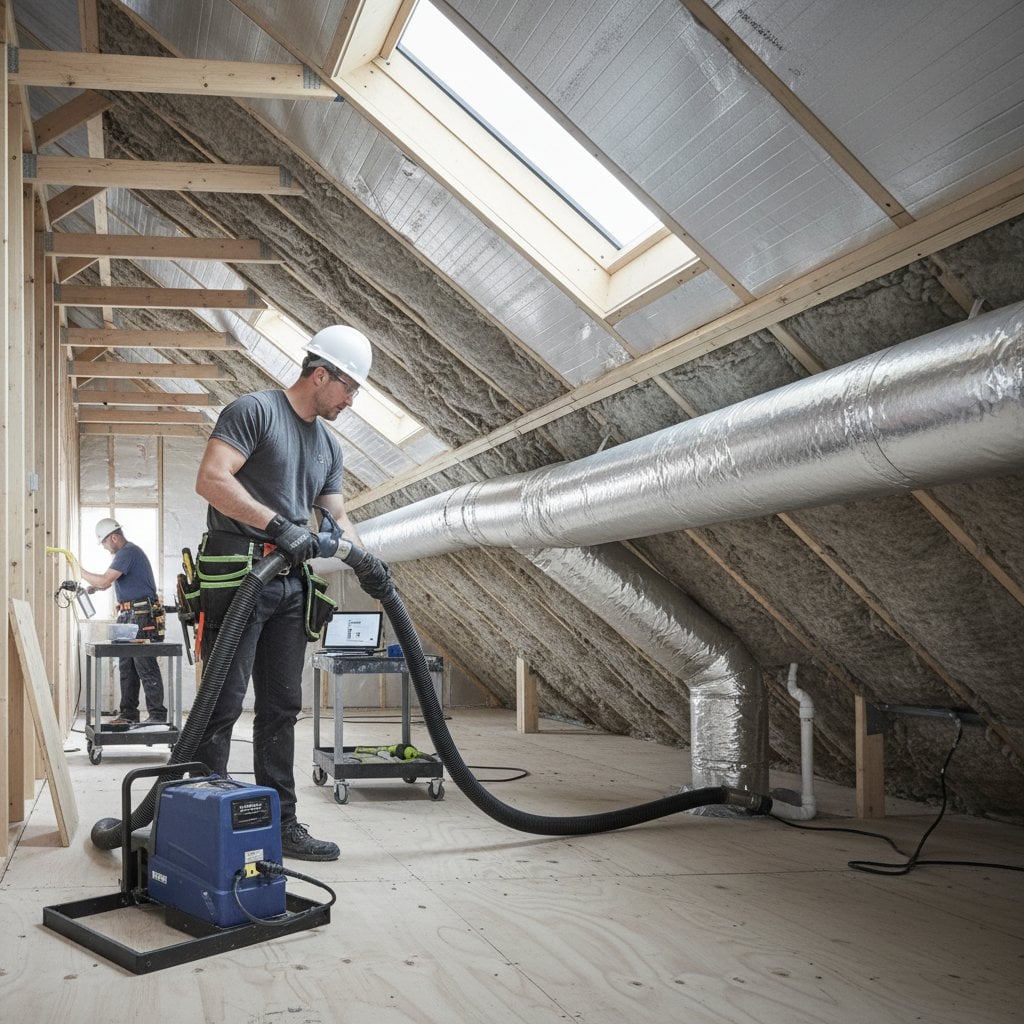PCM Technology: Slash Heating Bills by 30% with Thermal Storage
Imagine reducing your heating and cooling costs by up to 30 percent while maintaining a comfortable home environment year-round. Phase Change Materials, commonly known as PCM, offer a groundbreaking approach to energy efficiency through thermal storage. This technology captures and releases heat to stabilize indoor temperatures, easing the burden on HVAC systems and delivering substantial savings. Whether you are building a new home or upgrading an existing one, PCM provides a practical solution to enhance comfort and cut energy expenses.
Understanding PCM: A Game-Changer for Energy Efficiency
Phase Change Materials are innovative substances engineered to absorb and release heat as they transition between solid and liquid states at specific temperatures. Unlike traditional insulation that merely blocks heat transfer, PCM actively manages thermal energy by storing excess heat when temperatures rise and releasing it when they fall. This dynamic process minimizes temperature fluctuations, ensuring a stable indoor climate with less reliance on mechanical heating or cooling systems.
The impact is clear: reduced energy consumption, extended lifespan for HVAC equipment, and a more consistent living environment. For homeowners, this translates into lower utility bills and a smaller carbon footprint, making PCM a smart choice for sustainable living.
Practical Applications for Every Home
The versatility of PCM allows it to be integrated into various aspects of residential and commercial buildings. Below are three primary ways to incorporate this technology into your property, each offering unique benefits tailored to different needs and budgets.
1. Embedding PCM in Building Materials
One of the most effective methods involves incorporating PCM into drywall, plaster, or flooring during construction or renovation. This passive approach regulates temperatures without additional equipment, making it ideal for regions with significant day-to-night temperature variations. Homeowners planning a remodel can request PCM-enhanced materials from contractors to achieve long-term energy savings with minimal upfront effort.
2. Enhancing HVAC Systems with PCM
For those upgrading their heating and cooling systems, PCM modules can be added to air ducts or thermal storage units. This setup enables load shifting, storing energy during off-peak hours and releasing it during high-demand periods. If you are considering an HVAC replacement, consult with a professional to explore how PCM integration can optimize performance and reduce operational costs over time.
3. Retrofit Options for Existing Structures
Even without major renovations, PCM can be introduced through self-contained panels installed on walls or ceilings. While these solutions may not match the efficiency of fully integrated systems, they still provide noticeable energy savings and improved comfort. For a low-risk entry point, look into retrofit panels as a way to test PCM technology in your home without committing to extensive changes.
Long-Term Benefits Beyond Cost Savings
Durability sets PCM apart from many other energy-saving technologies. With no moving parts and minimal maintenance needs, properly installed PCM can last as long as the building materials it is embedded in. This longevity ensures sustained performance without the degradation often seen in traditional insulation or the frequent servicing required by mechanical systems.
Moreover, PCM contributes to property value by future-proofing homes against rising energy costs and stricter environmental regulations. Investing in this technology today positions your home as a resilient, efficient asset for decades, appealing to both current occupants and potential buyers down the line.
Supporting Health and Comfort Indoors
A stable indoor environment does more than save money; it also promotes well-being. Wide temperature swings can lead to discomfort, disrupt sleep, and even exacerbate respiratory issues. By smoothing out these fluctuations, PCM creates a more livable space that supports physical and mental health for all occupants.
Many PCM products are also designed with safety in mind, using non-toxic materials that comply with strict indoor air quality standards. For those prioritizing a healthy home, this technology offers peace of mind, combining sustainability with safety in a seamless package.
Addressing Your PCM Questions
- Can PCM be used in older homes? Absolutely. While new constructions allow for easier integration, retrofit options make PCM accessible for existing properties with minimal disruption.
- Does PCM replace traditional insulation? Not entirely. Insulation prevents heat loss, while PCM manages thermal energy. Combining both yields the best results, with insulation acting as a barrier and PCM as a thermal buffer.
- How effective is PCM across climates? PCM works well in diverse conditions, provided the material’s melting point matches the local temperature range. Proper selection ensures optimal performance whether you are in a hot or cold region.
- Is PCM a reliable technology? Yes, it has been extensively tested in commercial settings and is now widely available for residential use due to advancements in manufacturing and cost reduction.
- Will PCM increase maintenance needs? Not at all. Once installed, PCM operates passively and requires no regular upkeep, blending effortlessly into your home’s structure.
Taking the Next Step with PCM
Exploring PCM for your home begins with identifying the best application for your specific situation. If a renovation is on the horizon, consider integrating PCM into walls or flooring for a seamless upgrade. For those replacing HVAC systems, ask about PCM-enhanced components to maximize efficiency. Alternatively, start small with retrofit panels to experience the benefits without a major investment.
The value of PCM lies in its proven ability to reduce energy costs, elevate comfort, and strengthen property resilience. By adopting this technology, you are not just making a short-term improvement; you are securing a more sustainable and comfortable future for your home.










